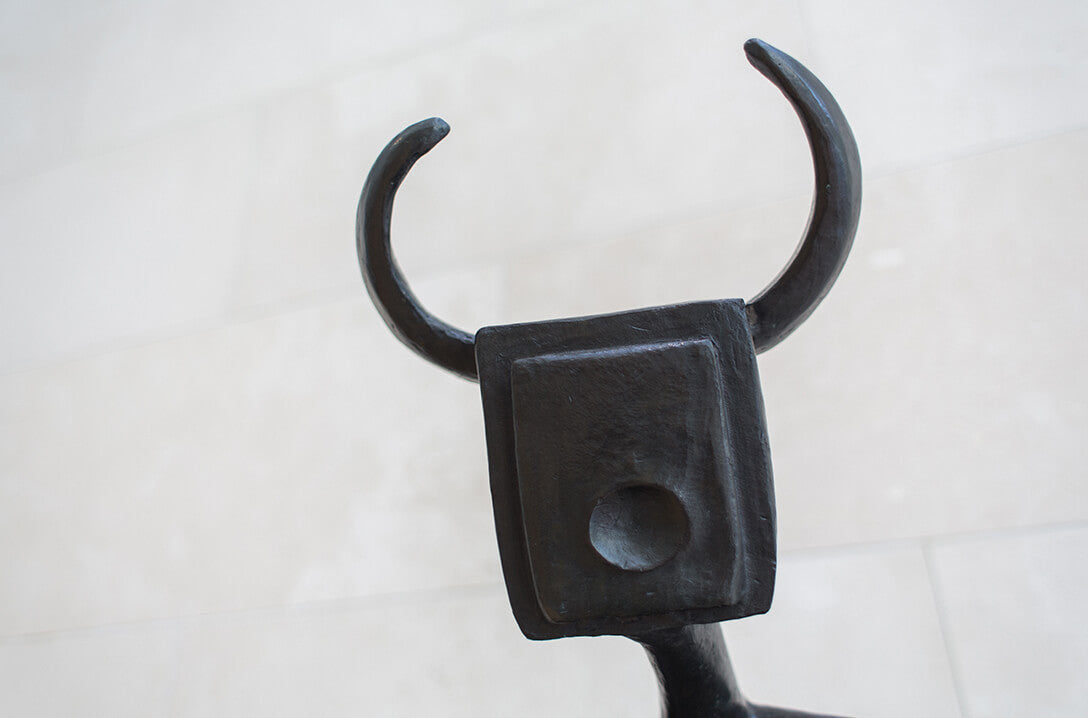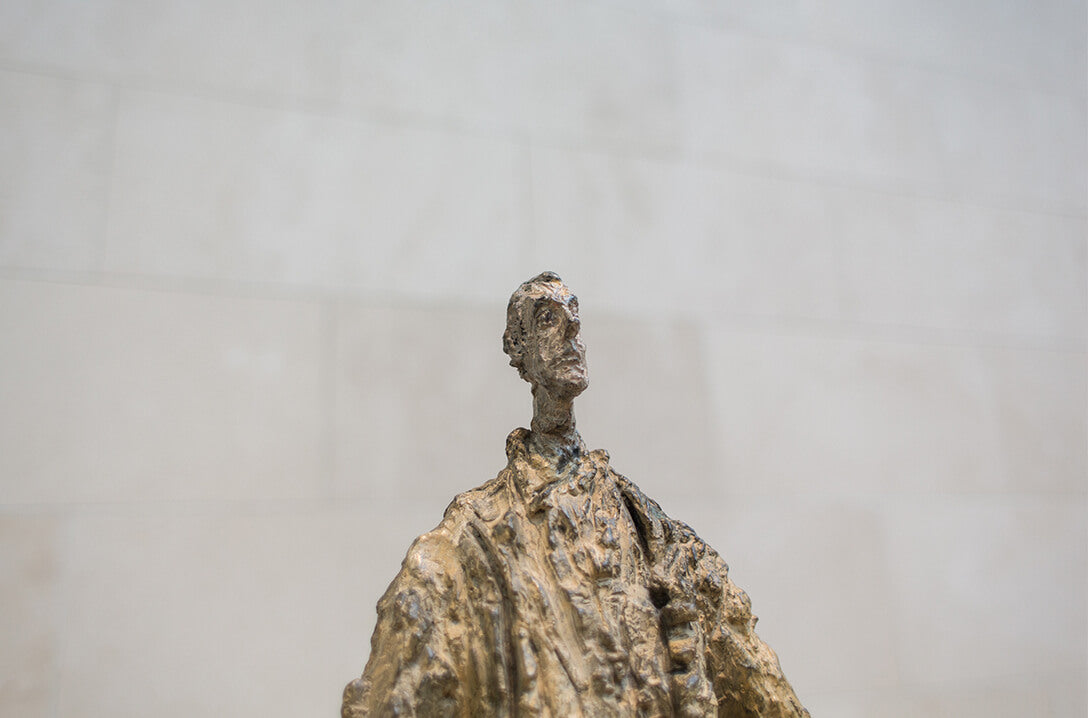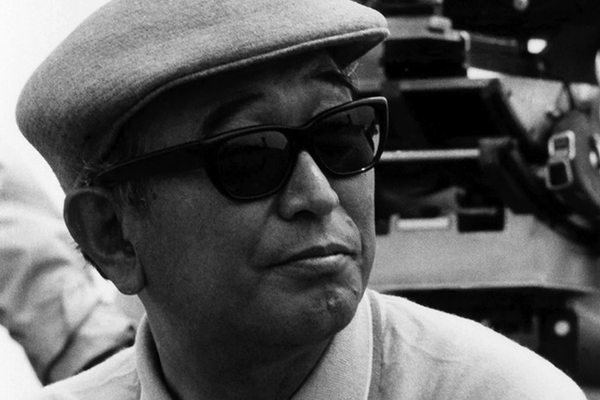During a time of transition in my life a couple of years ago, I decided to carve out some time each week to meditate and reflect. At the time I was reading Patti Smith’s M Train, in which the punk poet talks about the importance of ritual and imbuing meaning in daily tasks. I took her instructions and decided that every Sunday would become a sacred day of personal exploration. The amazing art institutions Dallas has to offer provided the perfect refuge, housing a comprehensive collection of works to focus on and research each week.




Currently on exhibit at the Renzo Piano designed Nasher Museum is Tom Sachs’ homage to the Japanese tea ceremony. Sen No Rikyu, the Buddhist monk who is responsible for bringing the tea ceremony to Japan from China, had to improvise in order to educate others and carry on this tradition, as he didn’t have access to the necessary tools and ceramics available to do so. Rikyu had the philosophy that sometimes you have to use “the wrong thing for the right reason,” a philosophy that rings true of Sachs’ process as well. He uses readily available materials to construct his work – bronze sculptures cast from cardboard, Q-tips, toothbrushes, and toilet paper rolls stand in the gallery next to structures made of plywood, cardboard and a mix of familiar, utilitarian objects. The use of familiar objects opens up the accessibility of the work, as viewers will inevitably find imagery that they can immediately connect with. Sachs approaches the subject matter with both reverence and humor, resulting in a memorable and special experience. Also on exhibition in the adjacent gallery are works from the Nasher’s permanent collection – a diverse grouping of works from surrealist Max Ernst, minimalist Donald Judd, modernist Giacometti and mobilist Calder. Brancusi’s “The Kiss” is on display in the adjacent gallery, while a reinterpretation of this same piece by Tom Sachs appears in the tea garden.


After I spend some time with the work inside the museum, I generally move outside to the sculpture garden. Every Sunday afternoon, the church bells from the nearby Santuario de Guadalupe ring as mass lets out, reverberating against the tall, steel walls of Richard Serra’s iconic sculpture, “My Curves Are Not Mad.” As the bells chime, I take these five minutes to stand still inside of the grandiose piece. This might be the moment I look forward to the most each week. When I’m wrapped up at the Nasher, I usually head across the street to the Dallas Museum of Art. The collection there is huge so, despite my weekly visits, I always manage to discover a new piece to research.


Japanese artist Yayoi Kusama opened one of her famous infinity spaces at the DMA in early October. Kusama has stated that she makes physical manifestations of her hallucinations and obsessions, and hopes that her spaces provide an opportunity for viewers to “become one with eternity, to become one with their environment.” You are only permitted to enter the space for 45 seconds, for a few reasons. First, it is easy to start feeling a little dizzy; second, Kusama doesn’t want the viewer’s sense of whimsy and amazement to fade as they start adjusting to the space. Recently the DMA had an exhibition titled “Mexico 1900-1950” which showcased fifty years of Mexican modern art makers. The show highlighted works of painting, sculpture, photography, drawings, and films that documented the huge creative renaissance Mexico experienced after the turn of the century. On display were works by both notable artists of that movement like Frida Kahlo and Diego Rivera, in addition to some who were a little more obscure but still deeply important contributors to Mexican identity. After this exhibition closed, several of the pieces were added to the permanent collection of the museum for all of Dallas to enjoy for years yet.


To finish my day, I walk a few blocks down to Thanksgiving Chapel. Dallas is not a city where people walk anywhere, ever. Because of this, there are some really beautiful public monuments that are pretty vacant and underutilized. Since people pass by quickly in their cars, many have never actually entered the Thanksgiving Square Chapel. On one hand, that is incredibly disappointing as many Dallasites and visitors alike never experience Philip Johnson’s beautiful and reverent space but, conversely, this lack of foot traffic also allows visitors an isolated and private experience. Johnson drew inspiration from the Great Mosque of Samarra in Iraq for the chapel’s design. One of the most breathtaking features of the structure is the spiraled stained glass ceiling that traces the shape of the building, which you may recognize from its cameo in Terrence Malik’s masterpiece Tree of Life. The space is fairly open, with some chairs and an altar as you enter, but if you follow a spiral walkway up to the top of the chapel, you can also find a stand up piano. Occasionally, I’ll wander up this ramp to play a song to mark the end of my weekly art tour.



